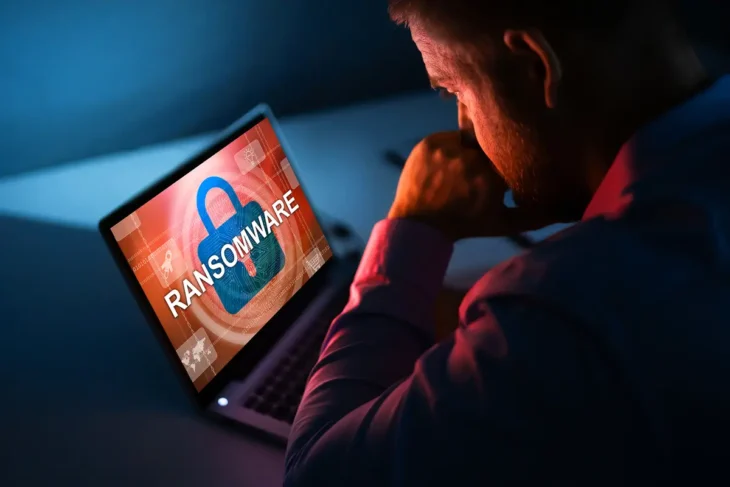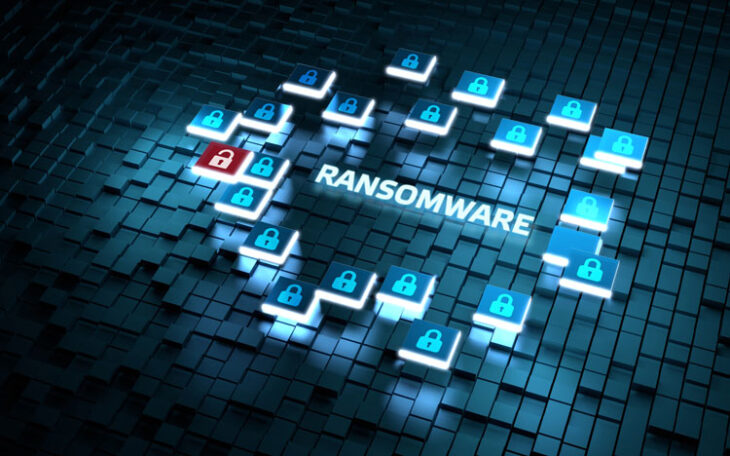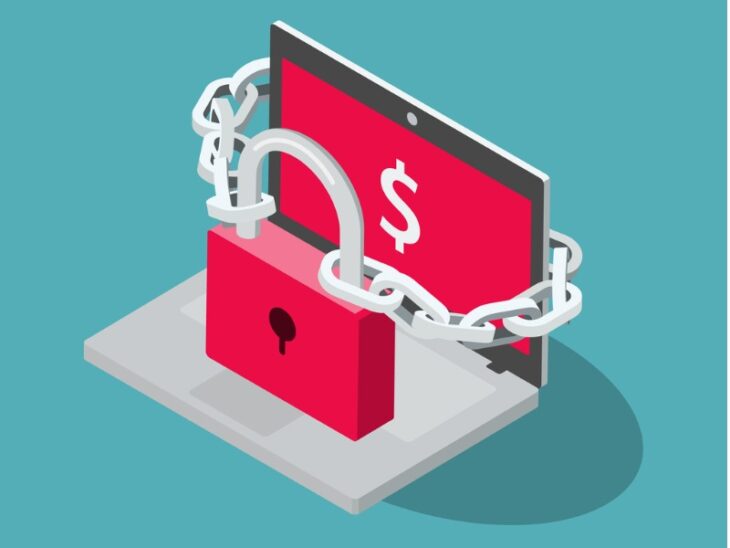The dawn of the internet age has given us access to a ton of information in an easy and convenient form. It has also allowed us to be entertained within an instant, and it allows us to work remotely across different continents.
The internet truly has been incredible, however, it does come with risks. One of the biggest risks that we face online is the threat of malicious software. Malicious software, also known as malware, has been created in order to cause as much damage to your devices as possible.
Of all the different types of damaging software out there, according to VPNoverview.com, ransomware is the most dangerous form of malware. This devastating malware can cause thousands of dollars in damage, and it can strike anyone at any time.

Source: csoonline.com
What is Ransomware?
Ransomware is a form of malicious software. Malicious software, also known as malware for short, is a dangerous type of software that is used by cybercriminals to attack innocent internet users.
Ransomware however, is the most dangerous form of malware that you can find on your device. You should be aware of the dangers that ransomware brings when it is installed on your device.
Ransomware has caused millions of dollars in damage in 2024 alone, and experts estimate that a ransomware attack takes place every 11 seconds. This stat shows that ransomware attacks have become more common than ever before, and that no one is safe from this dangerous form of malware.
So what exactly does ‘ransomware’ do? This dangerous form of malware will encrypt files on your device. An encrypted file cannot be accessed or moved on your device, which means that you won’t be able to can’t do anything with that encrypted file.
A cybercriminal can encrypt some of your most important files which can leave you in a tight spot. Hackers will specifically go after people who have important files on their devices, such as sensitive work files for example. This can leave you stuck and frustrated.
What’s even worse is that the only way to regain access to your files is to pay a ransom fee to the cybercriminals. These ransom fees can be extremely expensive and up to thousands of dollars. Even if you pay the ransom fee to the cybercriminals they can choose whether or not to give you access to the files. A cybercriminal is not obligated to give your access to the files back even if you pay, and there is also nothing you can do about that.
Ransomware is not limited to files on your device either. Cybercriminals are sometimes able to place ransomware encryption on your accounts as well. This can range from emails to bank accounts and even your social media accounts.
It is crucial to understand how ransomware can be installed on your device as this will give you an idea of how you can prevent it. It also gives you the chance to spot potential ransomware attacks before they happen.

Source: eurojust.europa.eu
How can Ransomware be Installed on Your Device?
The last thing you want to have installed on your device is ransomware. How can it be installed on your device though? Cybercriminals have several tactics they can use to install malware such as ransomware on your device, but the most common method that hackers use is called phishing.
Phishing is when cybercriminals send fraudulent emails to your account. These emails will often urge you to interact with a link or attachment. Once you interact with this link or attachment the malware will be installed on your device.
Phishing has been around for many years, however, they have become much more difficult to spot in recent years. Hackers are now starting to use social engineering to trick their victims into interacting with their emails.
Social engineering involves coming across as someone that the victim knows and trusts. For example, the hacker might impersonate a company or person that you interact with often. As an example, they can send an email pretending to be your bank. The email will urge you to interact with a link in order to fix an issue on your account. However, once you click on the link the ransomware will be installed on your device.
What’s worse is that the ransomware can often be installed in the background of the victim’s device, which means that they might never even know about it being there until it is too late to reverse the damage.
It’s important to note that phishing can come in different forms too, and it’s not strictly limited to emails anymore. For example, phishing can now also be done on social media. Oftentimes social media users can be hacked and cybercriminals can send messages to their friends and family that contain phishing links.
Moreover, phishing can be done online too. If you’re browsing the internet you need to keep in mind that fraudulent links can be disguised as images and icons too. This means that you could accidentally click on a link that will install malware on your device.

Source: canadianunderwriter.ca
How to Protect Yourself Against Ransomware
Now that we understand how ransomware, and malware in general, can be installed on our devices we can identify some key areas in terms of how to stay safe from it. This is important because prevention is always better than cure when it comes to ransomware, since the ‘cure’ is going to cost you several thousand dollars!
The first step in protecting yourself against ransomware is to learn how to identify phishing tactics. It’s not always easy, but it’s always a good idea to avoid clicking on links in emails or messages unless you are completely sure that they are safe.
You should also invest in premium antivirus software which is able to identify fraudulent links in most scenarios, but it will also constantly scan your device for any malware, such as ransomware. If malware is found on your device then it can take action to remove it. Ransomware is much more difficult to remove, which is why you must ensure that you invest in premium antivirus software rather than using free ones.
